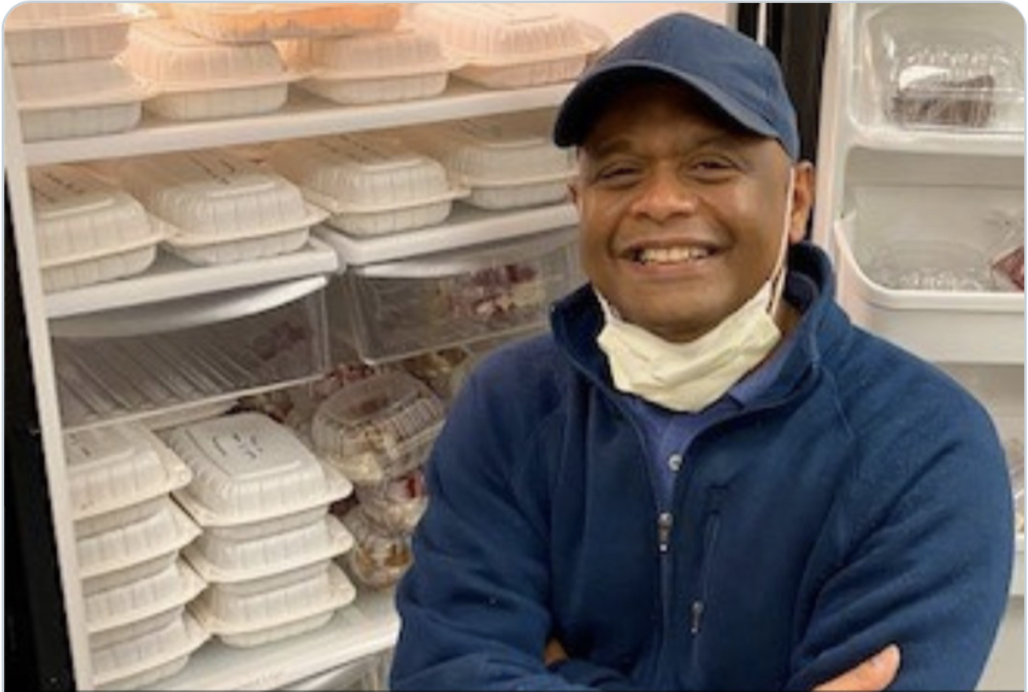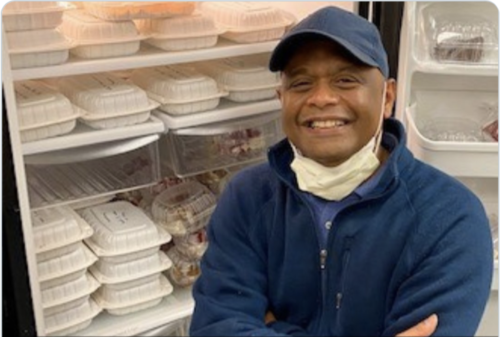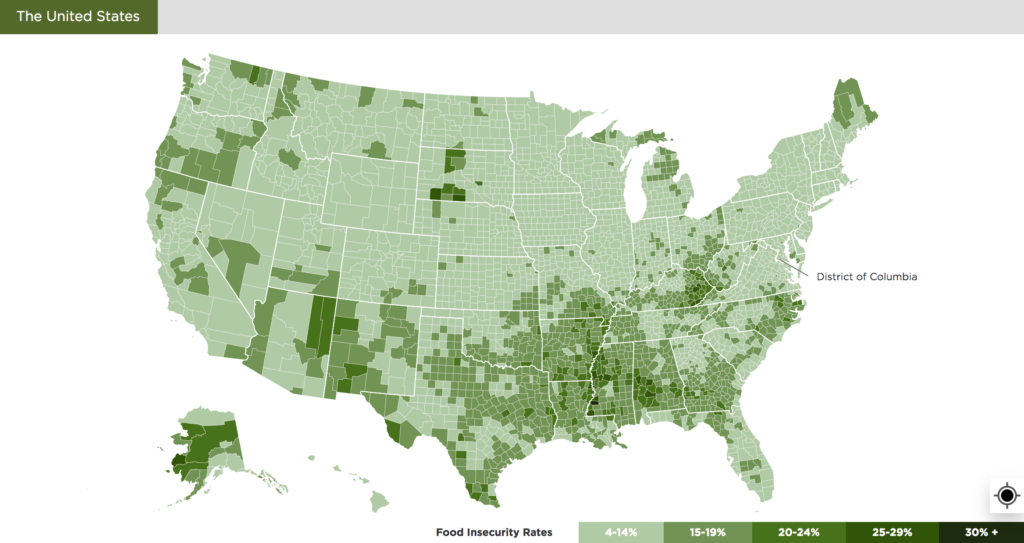
April 1, 2021
As a result of COVID-19, food insecurity increased by at least 15%.
Food insecurity is defined by the U.S. Department of Agriculture as limited access to quality, affordable food. Health outcomes associated with food insecurity include many chronic diseases such as hypertension, diabetes, and cancer. Poverty and unemployment impact food insecurity and 2020 resulted in millions of Americans becoming food insecure. Systemic factors like government policies and racism exacerbated the effects of food insecurity in communities of color. Other populations more susceptible to food insecurity include:
- Low-income people
- Children
- Older adults
- Undocumented individuals
- Individuals living in rural areas
Many interventions targeted towards eliminating food insecurity focus on either directly providing food or increasing access to quality food. To help food insecurity, Clinical Scholars Fellows are responding in their own communities.
College Students
At Bishop State Community College in Alabama, physical therapist Jeremy Fletcher works to help students who became food insecure because of COVID-19. The Bishop State Foundation awarded a $20,000 grant to assist students whose lives have been disrupted by the crisis stay in school and graduate. With community partners, they provide virtual workshops on financial literacy, budgeting, balanced meal options, and food preparation open to the community. Additionally, students can apply for $150 food vouchers to local grocery retailers.
On campus and in the community of Gurabo, Puerto Rico, the UT Health Ambassadors increase access to healthy, culturally relevant foods. When COVID hit, they shifted their efforts to safely deliver food boxes with fruits and vegetables from a local farm. In addition, they provided students with gardening kits to grow their own healthy foods.
Culturally Appropriate Foods
In Dorchester outside of Boston, the trauma-informed care interdisciplinary team collaborates to address the rising need for food. They partner with high school students and local nonprofits to provide culturally appropriate food boxes for pickup by Haitian residents facing food insecurity.
Further, this also gives business to local restaurants. The restaurant industry lost more than 2.1 million jobs in 2020 due to COVID. Moreover, the recipents receive calls for pick up reminders and are periodically surveyed on the quality, content, amount and relevance of the culturally appropriate food boxes.
High-Risk Individuals
In North Carolina, psychologist Thava Mahadevan created the “Heat and Eat Meals in COVID” project to provide nutritious ready-to-eat meals to individuals living with multiple risk factors. As a result, individuals with mental illnesses, low-income, or who are homeless have access to healthy meals.

Food Insecurity Help Next Steps
In conclusion, the pandemic’s impact on individuals experiencing food insecurity will continue long after 2021. To see what food insecurity looks like in your area, use Feeding America’s interactive map. The map highlights the estimates of people experiencing food insecurity and food banks operating in the area. Certainly moving towards a more equitable society means addressing health disparities that disproportionately impact our more vulnerable populations.

What are some other ways to help those experiencing food insecurity in your community?
Please share your thoughts in the comments below!
Leave a Reply